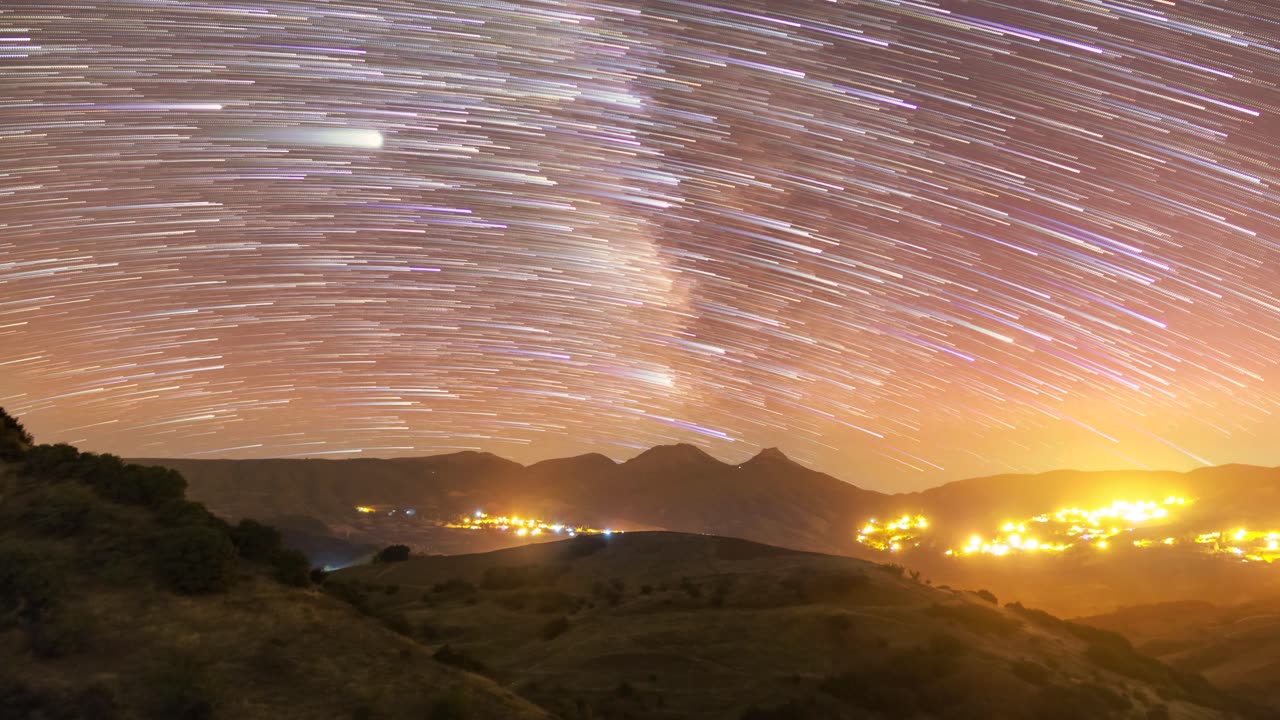Premium Only Content

Galaxy
The galaxy is an immense and captivating astronomical structure, consisting of billions to trillions of stars, planets, gas clouds, and various other celestial objects. It is a vast collection of cosmic matter and energy bound together by gravitational forces.
Our understanding of galaxies has evolved over centuries of observation and scientific study. They come in a wide range of sizes, shapes, and compositions, each possessing its own unique characteristics. Galaxies can be categorized into several main types, including spiral, elliptical, and irregular galaxies.
Spiral galaxies, such as our own Milky Way, exhibit a distinctive spiral arm structure, where stars, gas, and dust are concentrated. These arms gracefully wind around a central bulge, which contains a dense concentration of stars. The spiral arms often host young, hot stars, as well as areas of star formation known as stellar nurseries.
Elliptical galaxies, on the other hand, have a more elliptical or spherical shape and lack the prominent spiral arms seen in spiral galaxies. They tend to contain older stars and have a smoother distribution of gas and dust. Elliptical galaxies can vary in size, from small dwarf ellipticals to massive giant ellipticals that contain billions of stars.
Irregular galaxies, as the name suggests, lack a well-defined shape and structure. They are characterized by chaotic arrangements of stars, gas, and dust. Irregular galaxies can result from gravitational interactions or mergers between galaxies, which disrupt their original structures.
Galaxies are not isolated entities; they often form groups or clusters known as galaxy clusters. These clusters consist of multiple galaxies bound together by their mutual gravitational attraction. The largest structures in the universe, known as galaxy superclusters, are formed by the clustering of multiple galaxy clusters.
Beyond the stars and planets, galaxies also contain vast amounts of interstellar medium—a mix of gas and dust that fills the space between stars. This interstellar medium is crucial for the formation of new stars and plays a vital role in the evolution of galaxies.
The universe is home to a staggering number of galaxies, estimated to be in the range of hundreds of billions to trillions. They come in a dazzling array of sizes, colors, and luminosities, captivating our imaginations and inspiring scientific exploration. Understanding the nature and properties of galaxies is key to unraveling the mysteries of the cosmos and gaining insights into the origins and fate of the universe itself.
-
 6:01:28
6:01:28
Amish Zaku
8 hours agoVerDanceKey Warzone - Birthday Fun
41K5 -
 5:15:22
5:15:22
NeoX5
5 hours agoKhazan: The Road Less Taken | Part 5-2 | Rumble Studio | Rumble Gaming
34.9K1 -
 LIVE
LIVE
TwinGatz
11 hours ago🔴LIVE - He Is Doing His Best | ARMA Reforger
651 watching -
 54:40
54:40
LFA TV
15 hours agoSee God in the Trade War | TRUMPET DAILY 4.7.25 7PM
60.7K15 -
 1:18:30
1:18:30
Sarah Westall
8 hours agoNew Study: EMFs Literally Put You into a Brainwave Cage; Reclaiming your Mind w/ Ian & Philipp
75.2K22 -
 35:54
35:54
SantaSurfing
9 hours ago4/7/2025 - Trump Tariff impacts - he wants no Capital Gains Tax! Inflation falls to 1.22%!
45.1K30 -
 59:17
59:17
We Like Shooting
20 hours ago $2.63 earnedDouble Tap 404 (Gun Podcast)
29.9K1 -
 10:06:28
10:06:28
ZWOGs
13 hours ago🔴LIVE IN 1440p! - GRAPHIC DESIGN, Schedule 1, TARKOV, GTAV RP!! | Dwindle Digby | - Come Hang Out!
25.9K -
 4:51:28
4:51:28
Meisters of Madness
9 hours agoThymeSia - Power of the Plague
20.5K -
 1:13:25
1:13:25
Kim Iversen
11 hours agoAmerica First? Then Why Are We Funding This? | Empathy Is the Left’s Weapon—Here’s Why It’s Dangerous
135K178